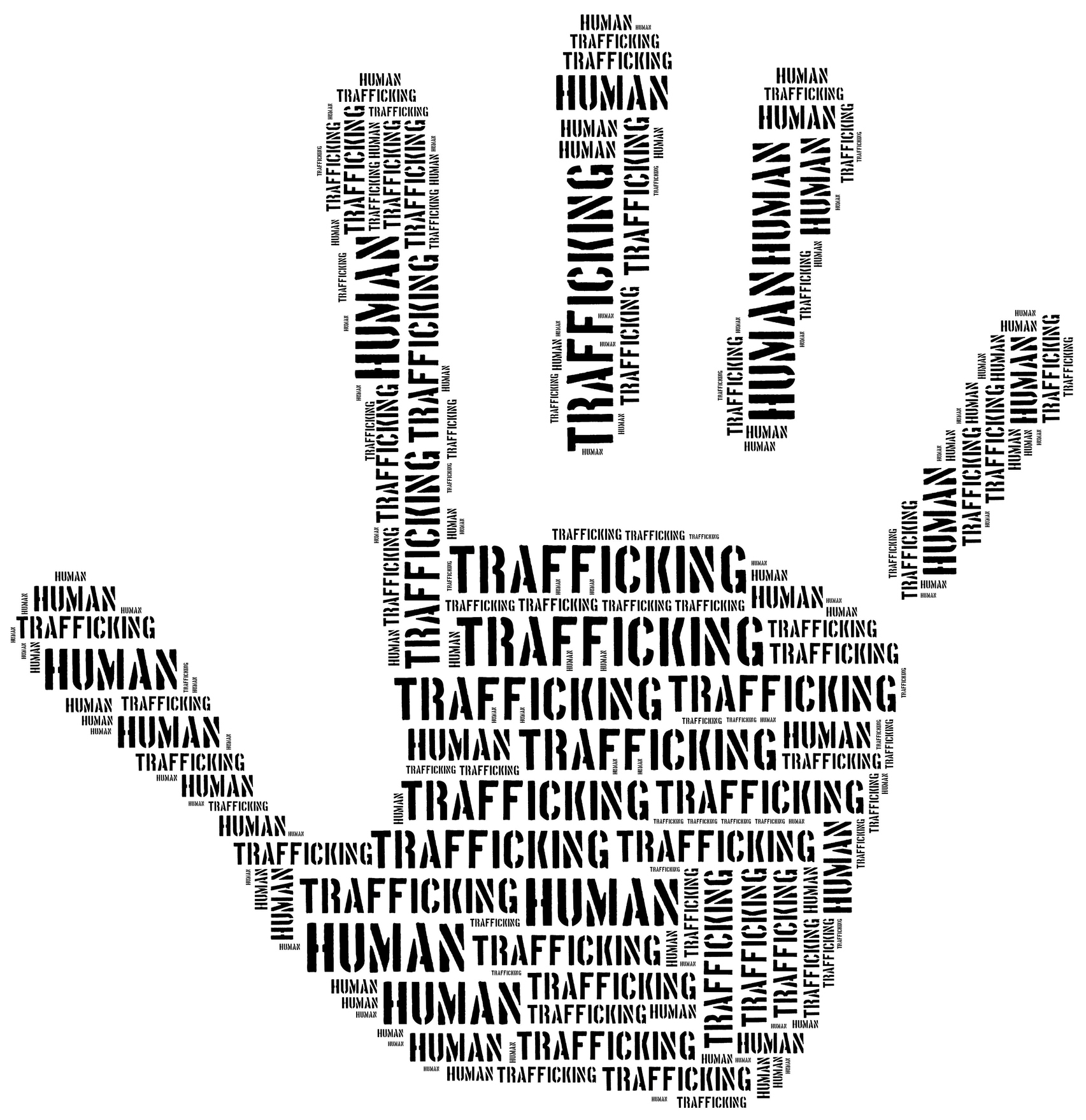Human trafficking is devastating for victims, but typically low-risk for the criminals, whose activities are largely hidden from view. To disrupt human trafficking, law enforcement is partnering with NGOs, financial institutions and forward-thinking technology providers (like QuantaVerse) that offer new artificial intelligence and machine learning solutions.
QuantaVerse was interviewed for The Economist’s human trafficking documentary alongside other experts including HSBC and Liberty Asia.
Per the Trafficking Victims Protection Act, human trafficking is defined as:
- Sex trafficking in which a commercial sex act is induced by force, fraud, or coercion, or in which the person induced to perform such an act has not attained 18 years of age; or
- The recruitment, harboring, transportation, provision, or obtaining of a person for labor or services, through the use of force, fraud, or coercion for the purpose of subjection to involuntary servitude, peonage, debt bondage, or slavery.
Human trafficking is a multi-billion-dollar industry that destroys families and communities affecting tens of millions worldwide. Yet in 2017 there were fewer than 10,000 worldwide convictions of human traffickers according to the U.S. Department of State’s 2017 Trafficking in Persons Report. As criminals have become more sophisticated, it’s imperative that law enforcement and financial institutions adopt new and evolving technologies such as AI to help identify suspicious transactions indicative of human trafficking red flags.


